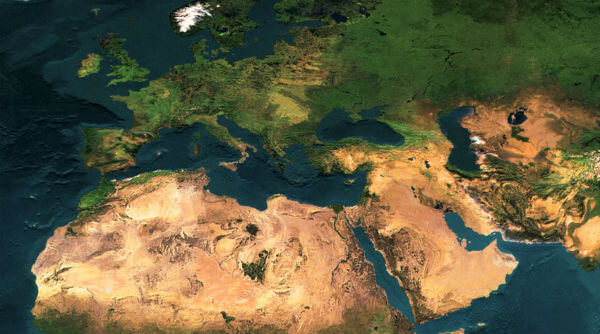
Ryan Ruby writes: For a word that literally means definition, the aphorism is a rather indefinite genre. It bears a family resemblance to the fragment, the proverb, the maxim, the hypomnema, the epigram, the mantra, the parable, and the prose poem. Coined sometime between the fifth and third centuries BC as the title for one of the books of the Corpus Hippocraticum, the Aphorismi were originally a compendium of the latest medical knowledge. The penultimate aphorism, “In chronic disease an excessive flux from the bowels is bad,” is more representative of the collection’s contents than the first — “Life is short, art is long” — for which it is best known.
But in those six words lies a clue to the particular space aphorisms were supposed to define. Thanks to a semantic slippage between the Greek word techne and its English translation (via the Latin ars), the saying is often taken to mean that the works of human beings outlast their days. But in its original context, Hippocrates or his editors probably intended something more pragmatic: the craft of medicine takes a long time to learn, and physicians have a short time in which to learn it. Although what aphorisms have in common with the forms listed above is their brevity, what is delimited by the aphorism is not the number of words in which ideas are expressed but the scope of their inquiry. Unlike Hebrew proverbs, in which the beginning of wisdom is the fear of God, the classical aphorism is a secular genre concerned with the short span of time we are allotted on earth. Books of aphorisms are also therapeutic in nature, collections of practical wisdom through which we can rid ourselves of unnecessary suffering and achieve what Hippocrates’ contemporary Socrates called eudaimonia, the good life.
This is certainly what the Stoic philosopher Arrian had in mind when he whittled down the discourses of his master, Epictetus, into a handbook of aphorisms. The Enchiridion is composed of that mixture of propositional assertion and assertive imperative that is now a hallmark of the form. In it, Epictetus, a former slave, outlines the Stoic view that, while “some things are in our control,” most things are ruled by fate. The way to the good life is to bring what is up to us — our attitudes, judgments, and desires — into harmony with what is not up to us: what happens to our bodies, possessions, and reputations. If we accept that what does happen must happen, we will never be disappointed by vain hopes or sudden misfortunes. Our dispositions, not our destinies, are the real source of our unhappiness. [Continue reading…]



 But what is it for knowledge or an object to “belong” to a culture? And who gives permission for someone from another culture to use such knowledge or forms?
But what is it for knowledge or an object to “belong” to a culture? And who gives permission for someone from another culture to use such knowledge or forms?


